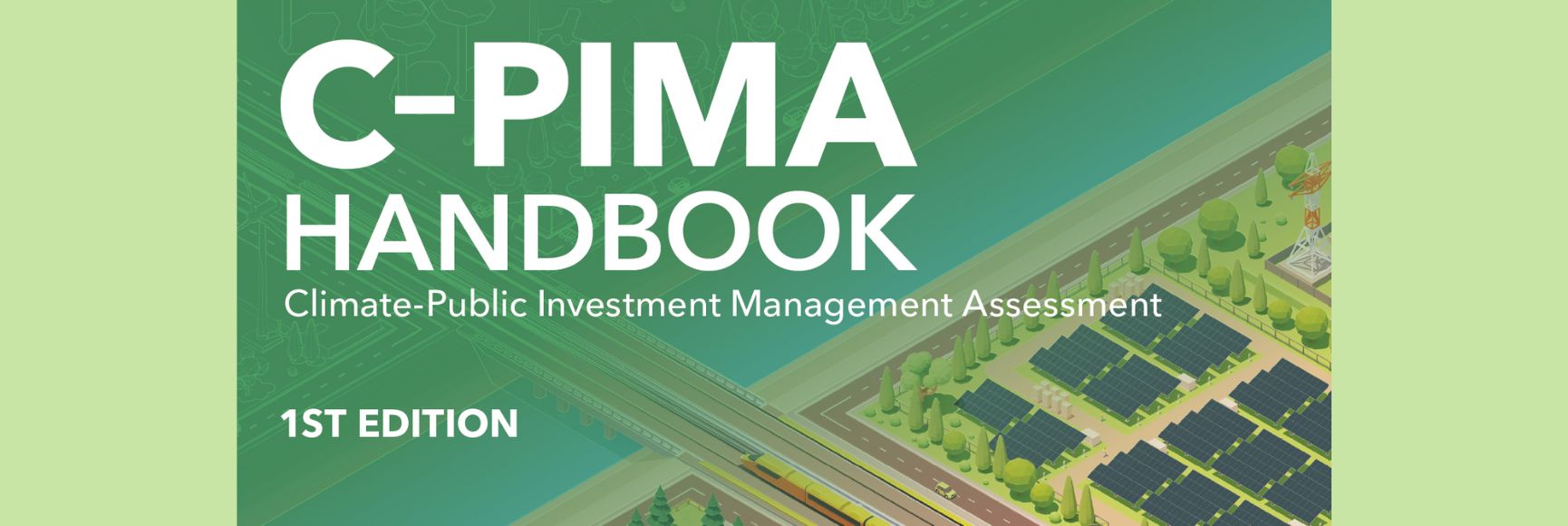Posted by Chris Iles
Corruption is a global scourge. In the public sector it can be defined as the diversion of public resources or the misuse of public authority for personal gain. It threatens political, social and economic stability, and undermines economic growth and development by distorting the delivery of public goods and services. Transparency International calls it one of the major threats facing society and has worked hard to focus international attention on reducing corruption in the public sphere. Preventing corruption has become a key policy priority for donors, especially in fragile or conflict-affected countries.
A recent paper[1] by Norway’s U4 Anti-corruption Resource Centre reviews how much we know about the effectiveness of different anti-corruption interventions. The answer seems to be “not much”. The paper reviews the fairly scant literature on the impact on corruption of various reforms such as direct budgetary support, PFM technical assistance, using donor systems and applying international norms. Evidence presented by the reviewed literature suggests that most anti-corruption measures are of disputable benefit.
The notable outlier seems to be PFM reform; there is, according to the study, (relatively) strong evidence that PFM reforms have a substantial anti-corruption impact. This is gratifying for PFM practitioners but also somewhat surprising since reducing corruption is not the explicit goal of PFM reform.
Filling the gaps in the data
The U4 paper’s point of departure is an assumption that the available data on corruption is incomplete. More than this, the required data is not fully defined. PFM is not just one thing, there are many types of PFM reform, and corruption also manifests itself in different ways. A deeper analysis is required to help us understand the relationships between them.
A starting point would be more comprehensive taxonomies of corruption, governance frameworks and the PFM interventions that are available.
As the paper acknowledges, corruption comes in different flavors. These include:
- Low-level administrative corruption
- Bribery
- Kickbacks
- Extortion
- Nepotism
- Patronage
- Embezzlement
- Misappropriation
- Influence-peddling
- Obstruction of justice/impunity
- Capture of state assets
Developing this categorization will not be without its challenges since the very definition of some behaviors as “corrupt” is laden with values. For example, payment of small sums to front line government workers is regarded in some societies in much the same way a user fee is regarded in western economies. Similarly, lobbying activities that are acceptable in some countries might be seen as crossing the line in others.
It would be interesting to look for connections between these types of corruption and the types of country governance with which they are most associated. This would require a governance taxonomy. This could be as simple as adopting World Bank regional or income level groupings. Alternatively, the taxonomy could consider other characteristics such as whether a country is fragile, conflict-affected, transitional, less-developed or developed; it could even adopt more sophisticated political economy descriptors.
Finally, popular PFM reforms should be identified so they can be mapped to country types and types of corruption. The U4 paper distinguishes between reforms of the tax administration, revenue services, audit institutions and procurement. A more detailed analysis might want to consider reforms of budget preparation, budget execution, Treasury operations, accounting and reporting, ex ante and ex post controls, civil service personnel management and parliamentary scrutiny. From this we could see how PFM reform can restrict some types of corruption, such as misappropriation and nepotism, but cannot readily address common behaviors such as patronage and rent-seeking by gatekeepers.
These groupings could provide the framework for collecting data that would (a) associate certain kinds of corruption with certain types of governance and (b) provide some kind of quantitative or relative measure of the impact of different kinds of corruption.
The popular ‘perception’ and ‘experience’ measures focus more on incidence than impact. Demands for ‘speed money’ are very visible and widely reported whereas larger scale corruption such as kickbacks for oil leases is likely less evident. Differentiating the impact of different types of corruption rather than their reported incidence would help target interventions in the areas of greatest concern. A challenge here will be to determine a practical measure (or proxy) of the impact of corruption.
With an understanding of the types of corruption and their respective impacts in different governance structures, we can consider which PFM reform interventions are most appropriate. This would depend on the expected effectiveness of different PFM reforms on corruption, and the associated cost.
All this is easy to suggest but difficult to achieve, no doubt. But if corruption really is a development priority then properly defining and collecting data would be worth the investment. Better data would vastly improve the targeting of reforms to fit the circumstances, not only identifying interventions that are likely to be successful, but also considering their appropriateness from a broad cost-benefit perspective.
Implications for anti-corruption policy
The U4 paper assumes that more and better data will lead to better interventions that will reduce corruption. The paper’s evidence supports a general view that effective PFM counters corruption by improving transparency of public sector plans and activities. But can we say that PFM reform, even if better targeted, will be enough to put a serious dent in corruption in countries where it is endemic?
To begin with, PFM reforms operate in the context of many other factors such as the legal framework, judicial capacity, donor relations and the control environment, all of which contribute to the success or otherwise of a given reform. Another critical factor is the human factor.
The UK Institute of Development Studies[2] cautions that programs designed to strengthen rule-based approaches, including anti-corruption measures, aren’t readily transferable across different social and political environments. They don’t fail for lack of ‘ownership’ or attention to politics but rather because they fail to address the perverse incentives that undermine effective public authority.
Allowing for the human factor elevates anti-corruption reform beyond proposing technical solutions to technical problems. The problem of corruption seems to fit well into the category of ‘wicked problems’ that Jim Armstrong discusses in his recent book[3]. These are problems that:
- resist value-free ‘true or false’ answers;
- are socially complex;
- require individuals, groups and organizations to change entrenched behaviors;
- are unstable and cause solutions to deliver unintended consequences;
- can often be described as a symptom of another problem; and
- have many interdependencies and multiple causes.
That corruption is such a problem is demonstrated by the fact that so many of the interventions that U4 reviewed were found to be of dubious efficacy.
There is no doubt that better PFM will discourage some corrupt behavior but we must be careful about expecting too much from our current toolbox of PFM reforms. Better data on corruption will improve our insight and help target our reforms. However, much corruption (e.g., kickbacks, judicial interference, extrabudgetary malfeasance) happens outside PFM systems and so is neither visible nor easily controlled. We need to also look for ways to address the human context in which our dispassionate technical interventions operate to make a decisive blow against corruption.
[1] Mapping evidence gaps in anti-corruption: Assessing the state of the operationally relevant evidence on donors’ actions and approaches to reducing corruption by Jesper Johnsøn, Nils Taxell & Dominik Zaum published by U4 Anti-corruption Resource Centre, October 2012.
[2] Institute of Development Studies 2010, An Upside Down View of Governance, University of Sussex, Brighton.
[3] Armstrong, J. 2013, Improving International Capacity Development: Bright Spots, Palgrave Macmillan, New York.
Note: The posts on the IMF PFM Blog should not be reported as representing the views of the IMF. The views expressed are those of the authors and do not necessarily represent those of the IMF or IMF policy.





